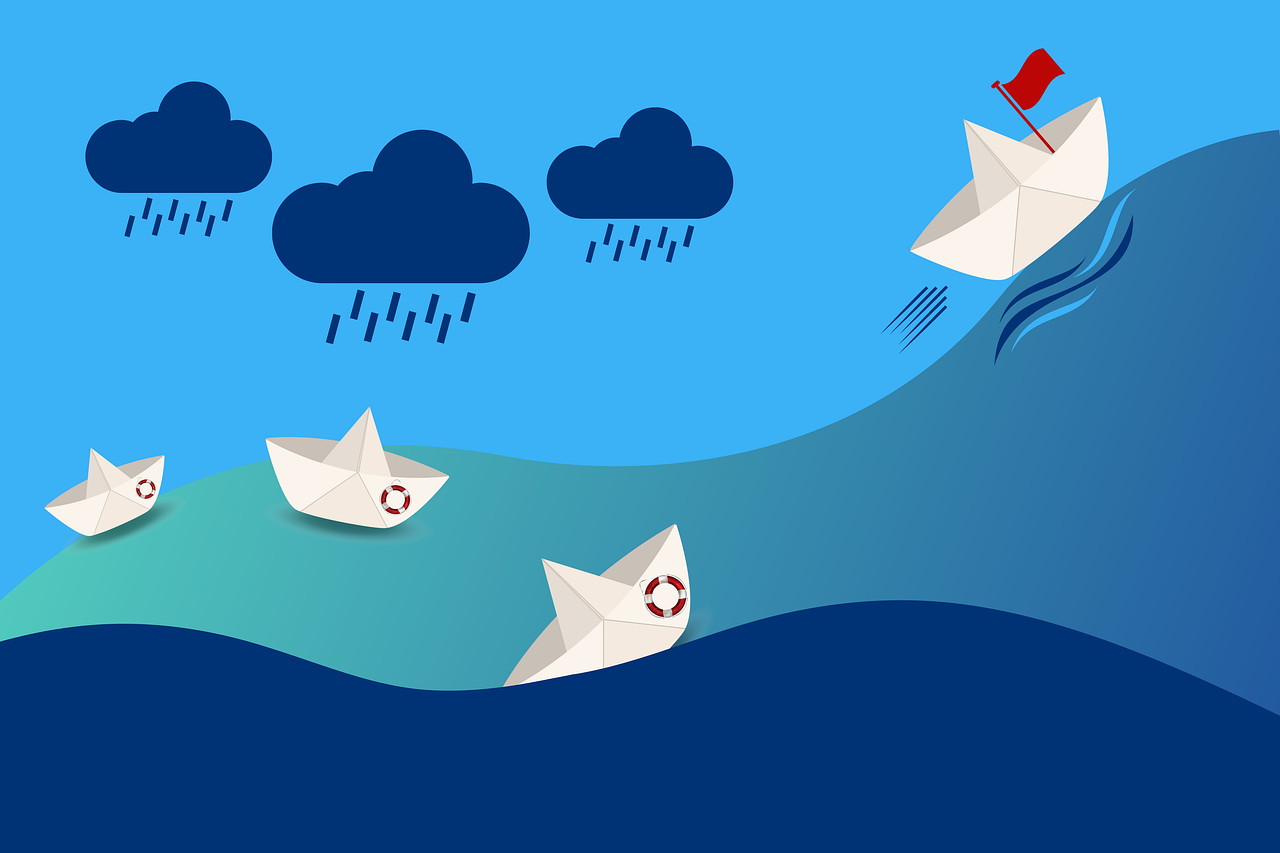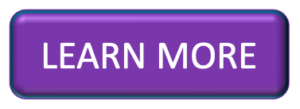Welcome to a new style of blog post from Denyse at C3Centricity. After years of writing about the latest theories and best-practice solutions, I decided it was time to get a little (a lot?) closer to my followers with more personalised and down-to-earth pieces.
Let me know which you prefer by commenting below or dropping me a line at denysedd@c3centricity.com. Thanks.
Ever feel like you’re trying to sprint through quicksand? Same here. Lately, I’ve been wondering: what if the fastest way to accelerate growth… is actually a full stop?
We live in a world obsessed with quarterly targets, AI arms races, and endless “go faster” pressure, suggesting a pause sounds almost sacrilegious. But — what if slowing down isn’t a weakness?
What if it turns out to be your ultimate competitive advantage?
It’s not just theory. Over the last two decades, I’ve seen it firsthand. The most innovative companies? They deliberately build strategic slowdowns into their growth cycles.
Sound crazy? Yeah, I thought so too… until I saw it. Again. And again. And again.
If you would rather listen than read: 
The Acceleration Trap
Let’s be honest. Most of us are stuck in a race we didn’t mean to enter — constantly pushing harder, believing it’s the only way to accelerate growth.
Another quarter. Another stretch goal. Another fire drill. Celebrate a win for 3.5 seconds… then rush headfirst into the next thing.
And how’s that working out?
If you’re like most leaders I meet, you’re seeing diminishing returns. High-performer burnout. Innovation that’s… meh. Not breakthrough. Just more of the same.
Look, I get it. Take Top CPG Inc. (name changed!). Their CEO once bragged to me: “We’re always in fifth gear.”
Eighteen months later? They laid off 30% of their workforce after three failed product launches and a mass talent exodus.
The data backs it up too. McKinsey recently found that 67% of executives feel trapped in constant acceleration — unable to break free without risking their position.
Think about that.
Two-thirds of our leaders are exhausted… but feel they can’t stop.
Is that where innovation thrives?
Is that where the best decisions get made?
Not a chance.
Ready to reignite momentum in your career or company? Book a complimentary 30-minute Momentum Makeover Call where we’ll identify your key acceleration opportunities.
The Power of the Strategic Pause
Now, before you panic — I’m not suggesting you slam on the brakes. There’s a world of difference between stagnation (which kills companies) and strategic pauses (which save them).
I’ll never forget a conversation with the CMO of a major European consumer goods company. Growth had stalled. Teams were exhausted. He leaned across the table and said:
We’ve been so busy sailing… we haven’t checked if we’re heading toward the right shore.
Oof. That hit hard.
They took what I now call a Strategic Momentum Pause — eight weeks designed to reset priorities and create a real foundation to accelerate growth again. Two months of:
Suspending all non-essential projects
Deep-dive







